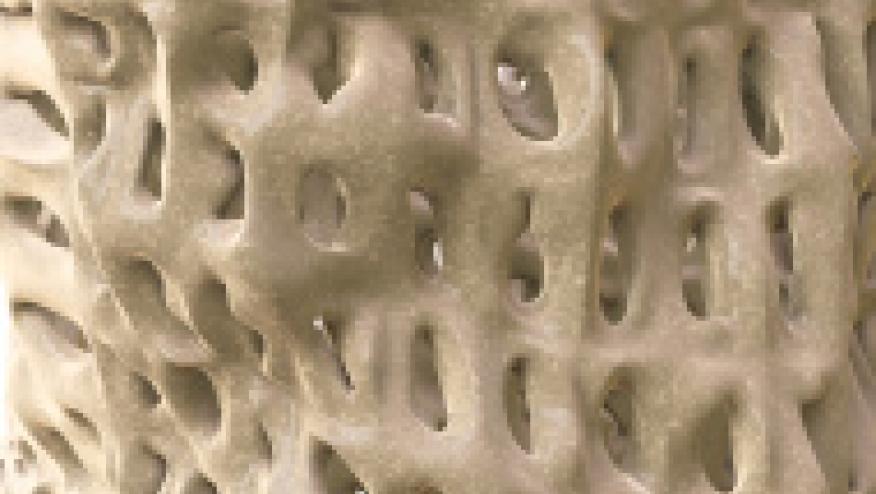Romosozumab vs. Teriparatide in Postmenopausal Osteoporosis Save

The effectiveness and safety of romosozumab (ROMO) and teriparatide (TPTD) were compared in a clinical setting, and ROMO showed greater increases in BMD than TPTD after 12 months of therapy, along with a higher completion rate.
Romosozumab and teriparatide are both bone-anabolic agents for osteoporosis, but there are no direct head-to-head trials. This single center study from Denmark retrospectively analyzed 315 postmenopausal osteoporosis women treated as outpatients with either romosozumab (n=163) or teriparatide (n=153). Their mean age was 69 years. The primary endpoint was BMD by dual-energy x-ray absorptiometry 12 months.
Criteria to receive ROMO were BMD T-score < −2.5 (femoral neck [FN], total hip [TH], or lumbar spine [LS]) + a fragility fracture (hip, spine, pelvis, distal forearm, or proximal humerus) within 3 years.
Criteria to received TPTD were (within 3 years) ≥ 2 vertebral fractures or 1 vertebral fracture + BMD T-score (FN, TH, or LS) < −3.
At month 12, ROMO led to significantly (P < .001) larger increases than TPTD in BMD (FN: 4.8% vs 0.2%, TH: 5.7% vs 0.3%, and LS: 13.7% vs 9.3%).
Compared to TPTD, ROMO had lower discontinuation rates (5.5% vs 32.7%) and cardiovascular events (1.9% vs 6.5%). There was less new fractures with ROMO (4) vs TPTD (16). While adverse events (AEs) were numerically higher with ROMO (from injection site reactions); there were more serious AEs with TPTD (2.0% vs 0.6%, respectively). Lower incidence of cardiovascular adverse events was observed with ROMO compared to TPTD.
Treatment with ROMO yields larger increases in BMD than TPTD after 12 months. ROMO was associated with a higher adherence, less discontinuations, CV events, new fractures and fewer serious AEs.










If you are a health practitioner, you may Login/Register to comment.
Due to the nature of these comment forums, only health practitioners are allowed to comment at this time.